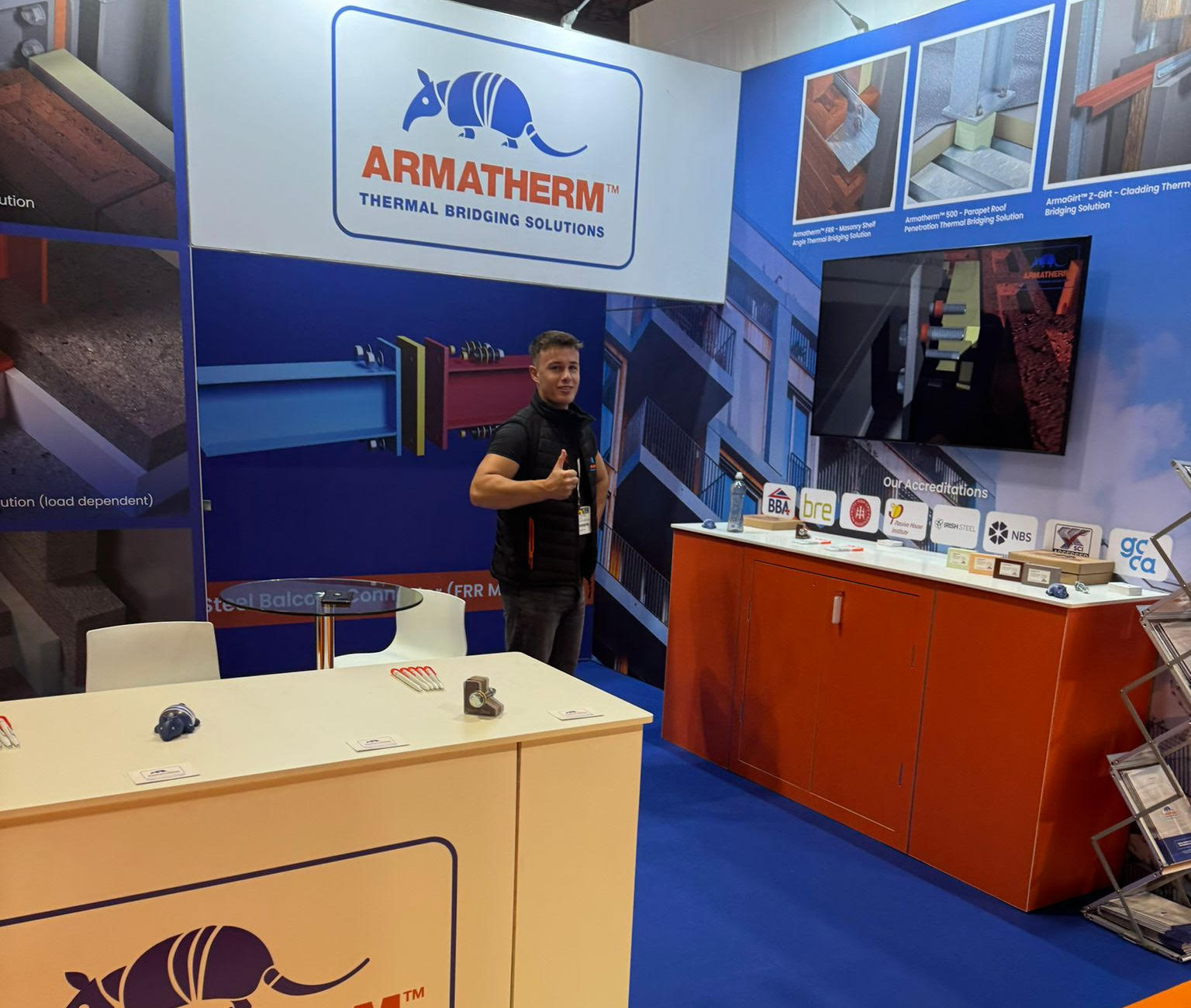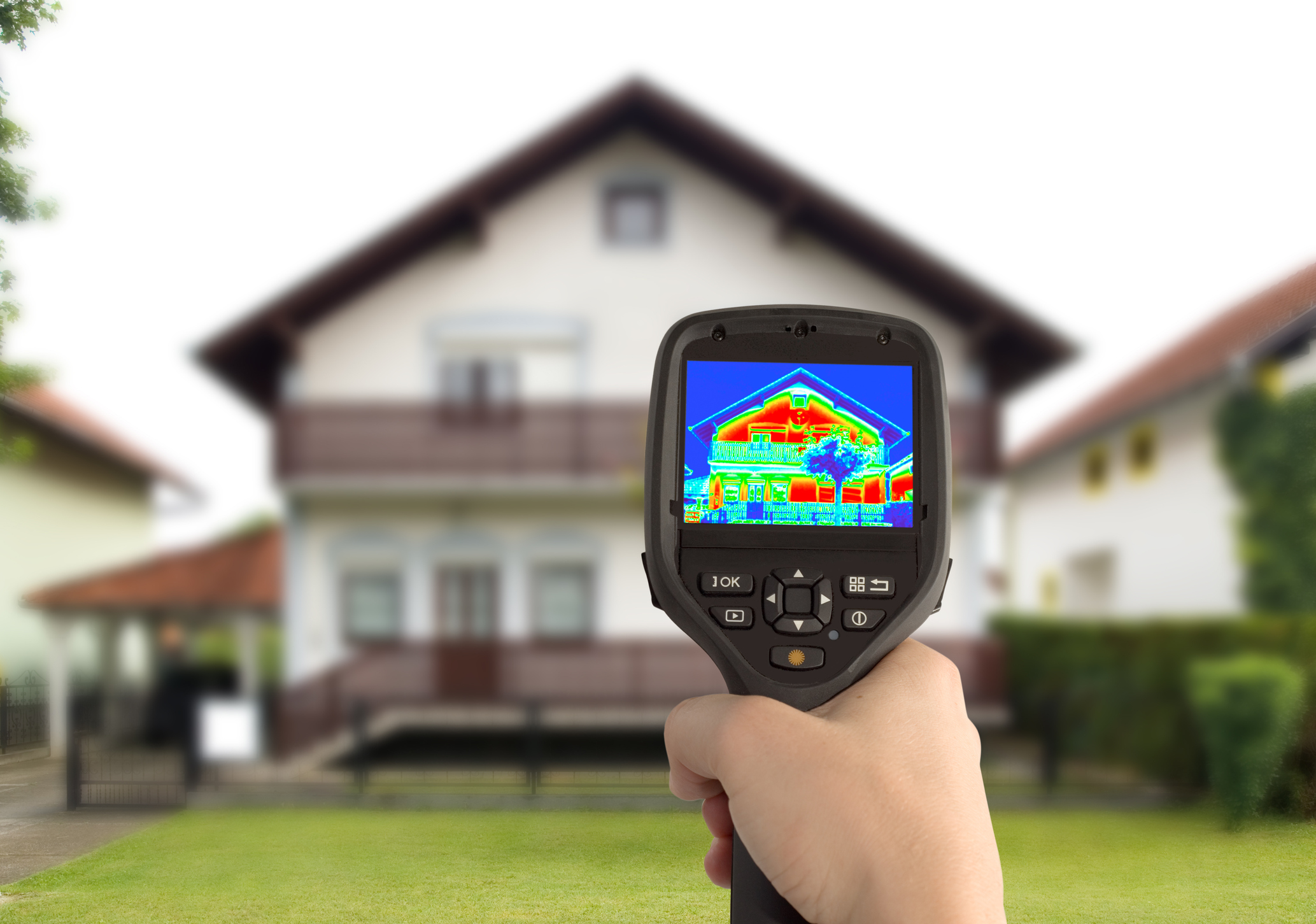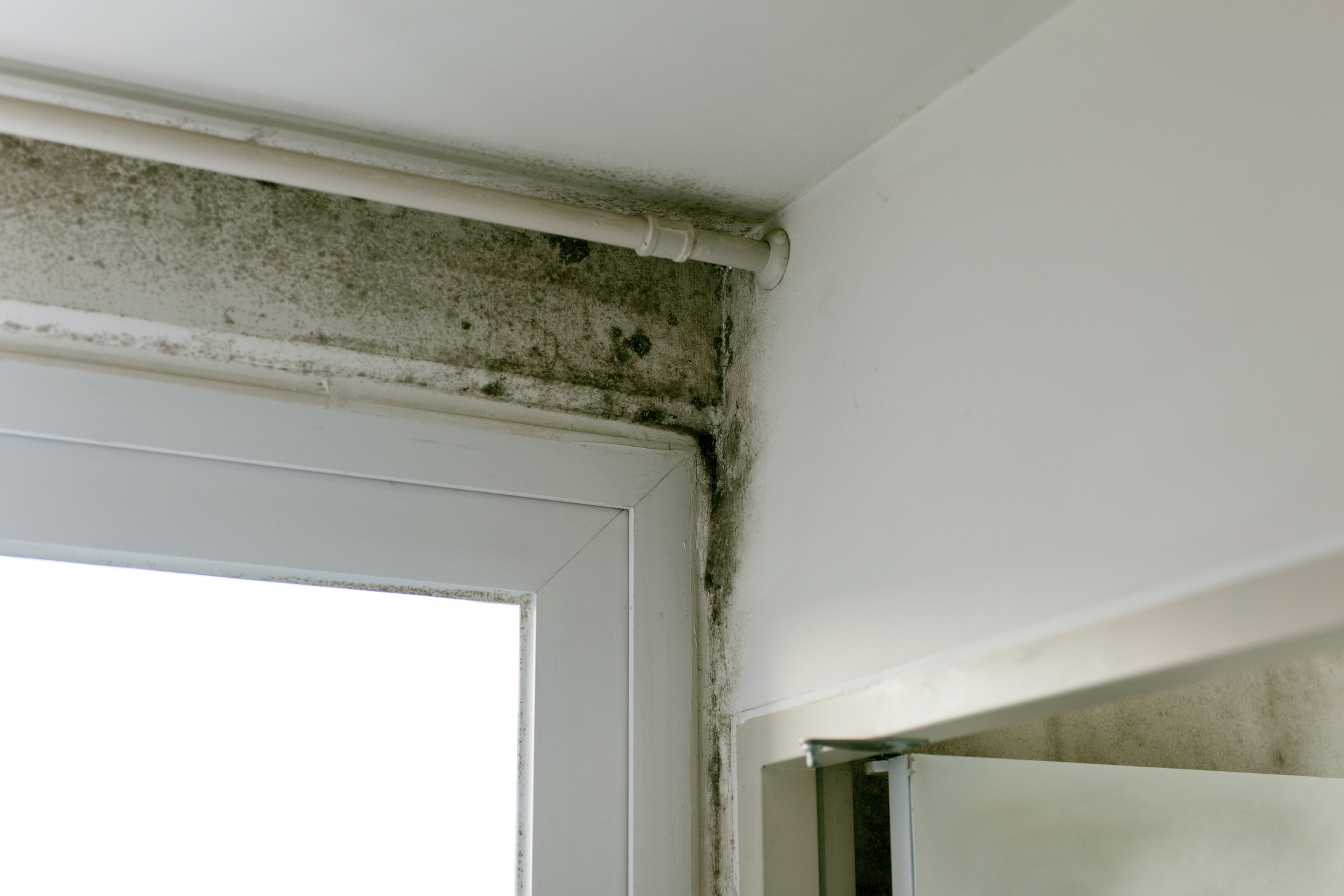
Specifying the right material to meet legislations in modern construction
Stricter Building Standards To Meet Net Zero
Under plans to help meet net zero goals stricter building efficiency standards have been implemented for the UK construction industry to adhere to.
Because of this, every material used in a project is now under scrutiny to meet new legislations and standards.
From thermal insulation to structural thermal breaks, understanding how materials perform and ensuring they genuinely meet sustainability and performance benchmarks has never been more critical.
Avoiding Greenwashing: Verify Performance Claims
With eco-conscious targets now central to most projects, specifiers and architects are under increasing pressure to choose materials that balance thermal performance and strength with long-term reliability.
But, with greenwashing becoming a growing challenge in the industry, they must do their due diligence in researching the right material as simply taking performance claims at face value can lead to inefficiency, compliance issues and even costly retrofit work later on.
Therefore, it is vital that specifiers investigate fully into products ensuring that there is credible performance data to support the thermal efficiency claims.
Don’t Confuse Higher Compressive Strength With Better Performance
It isn’t just these sustainability targets that architects and developers also have to navigate but also technical specifications which often can be misinterpreted or misapplied.
A common example is compressive strength in structural materials. It’s easy to assume that higher values automatically mean better performance – but this isn’t always the case.

Specify Compressive Strength Based On Project Loads
For structural thermal break materials, the ideal compressive strength depends on the specific load requirements of the project. Over-specifying can lead to unnecessary costs and may even reduce the thermal performance of the system.
The best results come from selecting a product that meets, rather than exceeds, the project’s precise needs. Here at Armatherm™, we believe in full transparency with our customers and ensure to work with you to supply a product that fits your requirements.
Research, Advice And Collective Responsibility
The industry as it stands can be like a minefield, with a long list of legislations and regulations that projects must adhere to, we all have a role to play in meeting these targets. As a collective, we must educate ourselves, ensuring that a product meets the requirements of the project at hand.
Whether its compressive strength, thermal conductivity or green credentials, research and advice is what will protect the longevity of a build and ensure the structure meets targets.

Other Articles& Projects
Specifying the right material to meet legislations in modern construction

Armatherm upcoming events in 2025

Armatherm announces expansion with the opening of a third office

Solving Thermal Bridging Challenges with Armatherm™

Thermal Breaking in Brickwork Support Systems

Why Thermal Breaks Remain Safe Without Being Non-Combustible

Why stronger isn’t always better: Choosing the right thermal break for your construction project

Thermal Breaking in Cladding and Modern Construction: A Key to Energy Efficiency

The Impact of Thermal Bridging on Indoor Air Quality

Meeting Net Zero with Innovative Construction Solutions
